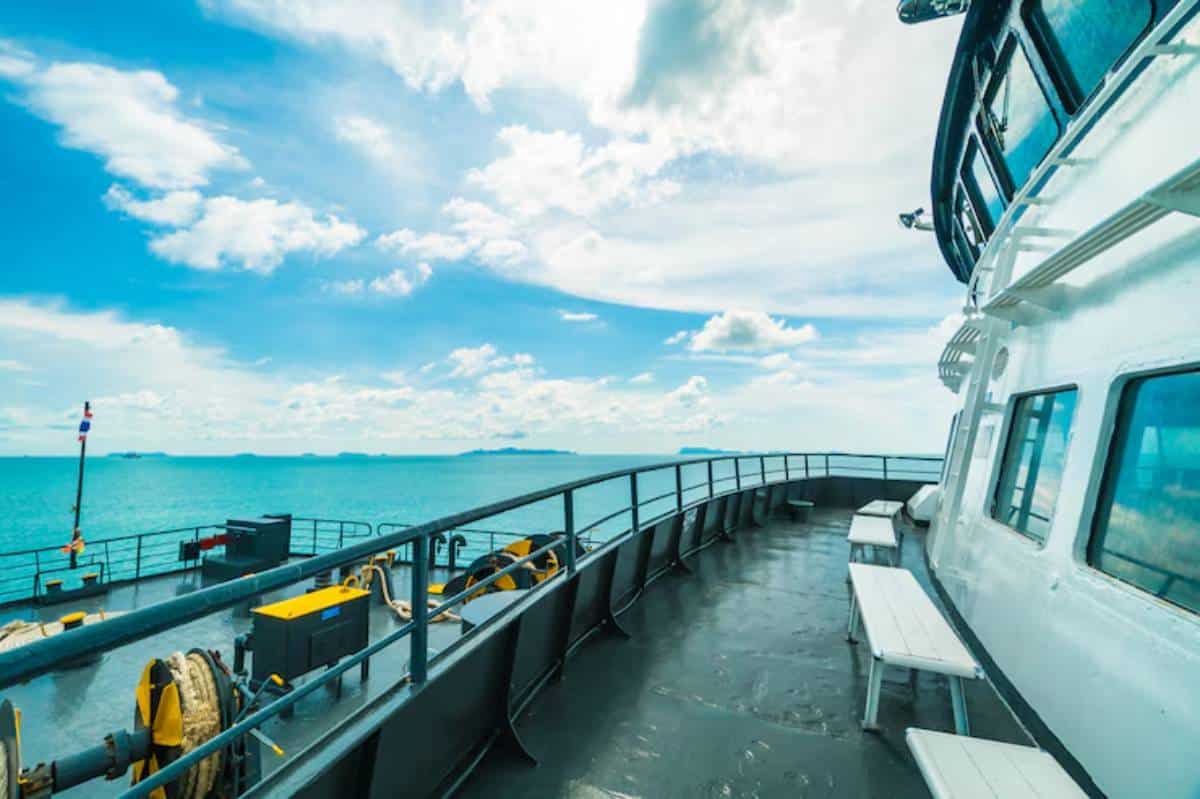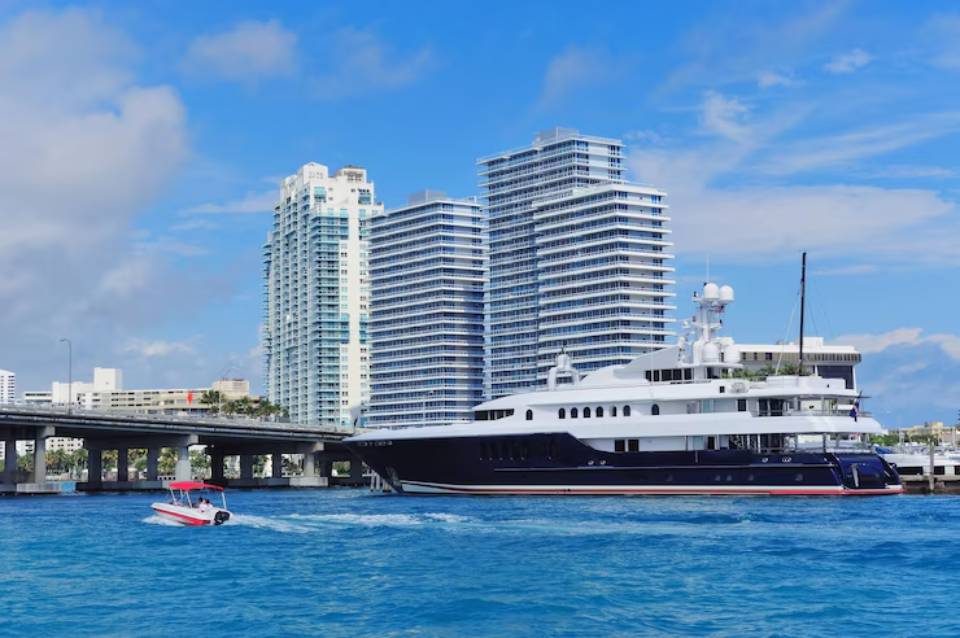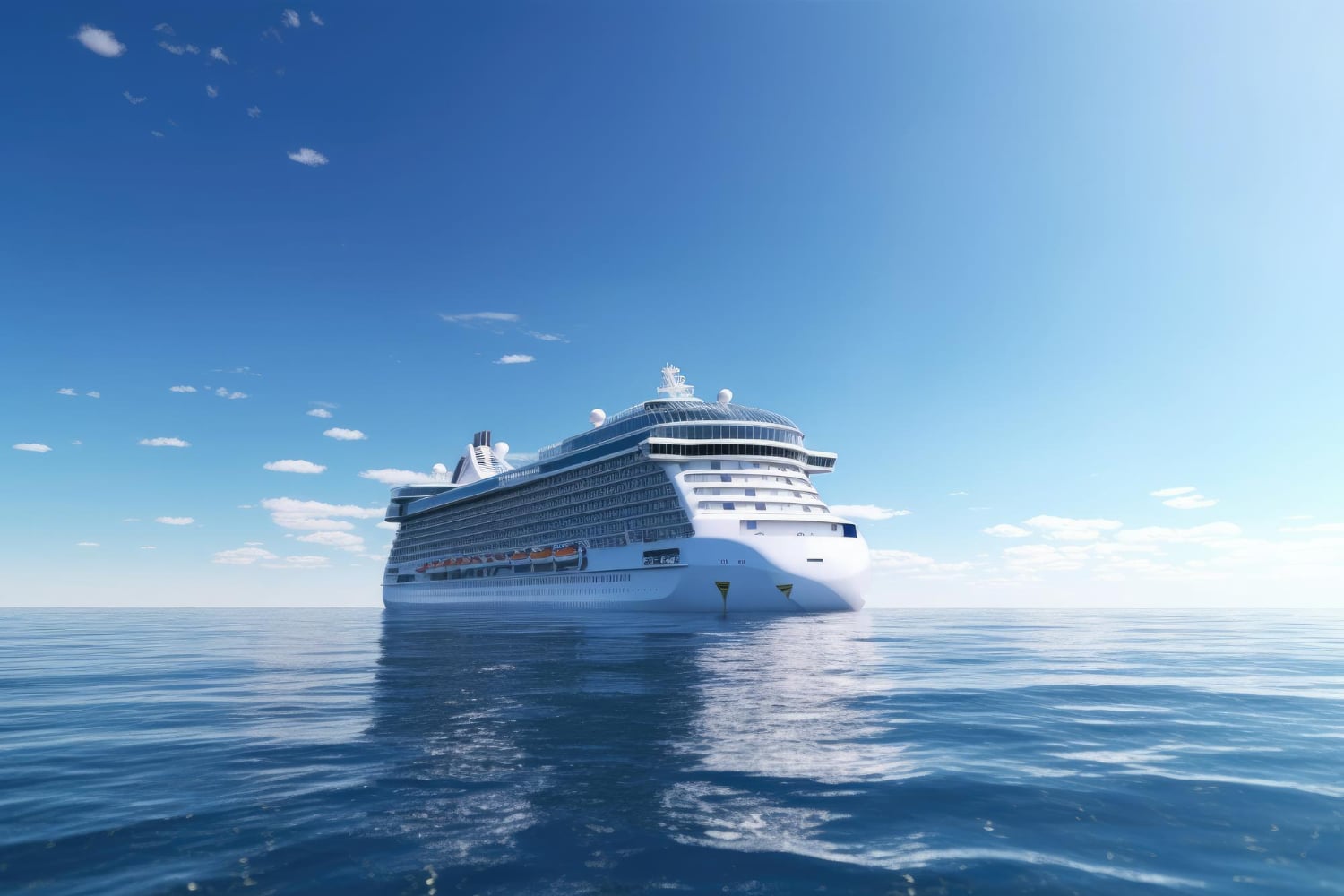
Transatlantic Cruises: What to Expect on the High Seas
For many, cruising is about the ports — ticking off cities, hopping beaches, and seeing the world through a series of fast-paced stopovers. But what if the cruise itself was the destination?
Welcome to the world of transatlantic cruises. These ocean-crossing voyages offer something fundamentally different: long stretches at sea, deeper relaxation, richer onboard experiences, and a true sense of movement across continents. They’re less about itinerary checklists and more about embracing the rhythm of the open ocean.
In this guide, we’ll walk you through what to expect from a transatlantic cruise — from daily life on board and entertainment to the unique charm of uninterrupted sea days. Whether you’re looking to reset your pace or simply crave the romance of an old-school ocean crossing, this blog is for you.
What is a transatlantic cruise?

At its simplest, a transatlantic cruise is a voyage that crosses the Atlantic Ocean, usually between Europe and the Americas. Unlike regional cruises, these itineraries often feature fewer ports and more consecutive sea days, typically ranging from 6 to 14 nights.
Common routes include:
- Eastbound: From Florida or the Caribbean to Spain, Italy, or the UK
- Westbound: From Europe to the Americas, often timed for spring or autumn repositioning
- Round-trip crossings: For those who want the crossing experience without flying
While traditional transatlantic travel peaked in the days of ocean liners, modern cruise ships bring back that golden-era vibe, now with spas, speciality dining, and Broadway-style shows on tap.
Sea days: The heart of the experience
If there’s one thing that defines a transatlantic cruise, it’s sea days. These stretches of time without any port stops are both a novelty and a joy — but only if you know how to enjoy them.
How to make the most of sea days:
- Treat it like a resort retreat: Use the pool, book a spa treatment, or relax with a novel on the deck.
- Take advantage of enrichment programmes: Cruise lines often feature guest speakers, culinary demos, art classes, or language lessons.
- Try new hobbies: Learn to dance, take up bridge, or try a photography workshop.
- Catch up on sleep and slow time: These days are ideal for restoring your energy between adventures.
This type of cruising rewards travellers who enjoy quietude, variety, and introspection over fast-paced touring.
Onboard life: Routines that feel like home
Without daily ports to structure your schedule, life on a transatlantic cruise develops a gentle rhythm. You wake when you want, dine when you please, and fill your day with whatever brings you joy.
What the day might look like:
- Morning yoga on the deck or coffee in a quiet corner
- A late breakfast followed by a lecture on maritime history or ocean ecology
- Afternoon film screenings, trivia games, or a spa session
- Evening theatre shows, live music, or dancing under the stars
It’s less about what you have to do and more about what you feel like doing — a rare luxury in our always-on world.
This slow-travel model makes transatlantic cruising an excellent fit for extended families or groups, where group cruise planning can be a breeze with fewer logistical constraints.
Unique perks of ocean crossings

Many travellers overlook transatlantic itineraries in favour of more destination-heavy routes. But for those in the know, they’re a hidden treasure.
Why some cruisers prefer them:
- Exceptional value: Fewer ports = lower port fees, meaning better cabin prices for the same luxury.
- Easier pace: No early-morning disembarkations or rush to beat the tour buses.
- Deeper ship immersion: You’ll really get to know the ship, crew, and fellow passengers.
- Stunning ocean views: Sunrises, starry nights, and the vastness of the sea with no land in sight.
For repeat cruisers or retirees with time flexibility, these voyages are the perfect balance of comfort and novelty.
Common myths about transatlantic cruises
Despite their charm, some myths keep travellers from exploring transatlantic options. Let’s clear them up.
Myth #1: “I’ll be bored with so many sea days.”
In reality, most passengers find themselves wishing they had more time. Between onboard activities, socialising, and just resting, days fill up fast.
Myth #2: “It’s just for older people.”
While retirees do make up a portion of the crowd, more younger travellers — especially remote workers — are booking these voyages for digital detox or work-from-sea adventures.
Myth #3: “It’s all formal and stuffy.”
Today’s ships are relaxed, inclusive, and varied in atmosphere. From laid-back pool decks to elegant gala nights, you can choose your vibe.
Best times of year to book
Transatlantic cruises typically run during shoulder seasons — spring and autumn — as cruise lines reposition ships between Europe and the Caribbean or North America.
Ideal times:
- April to May (eastbound): Sail from Florida or the Caribbean to Europe, arriving just in time for the start of summer.
- September to November (westbound): Depart from Europe as the Mediterranean season winds down and head toward warmer shores.
Because they’re seasonal and limited, transatlantic itineraries tend to book early, especially for balcony cabins that offer sweeping sea views during those long stretches at sea.
Who are transatlantic cruises best suited for?

These journeys aren’t for everyone, and that’s part of their charm.
You’ll likely love a transatlantic cruise if:
- You enjoy slow, intentional travel
- You see the value in unplugging and recharging
- You’re open to meeting people and forming connections
- You value the ship as much as (or more than) the ports
They’re also great for combining two trips into one — for example, book a cruise from Europe to New York, followed by a rail journey or city break once you disembark.
Conclusion: Set sail into serenity
Transatlantic cruises offer a return to something travel has lost — slowness. They’re for people who crave space to breathe, who want to disconnect in a world that’s constantly connected, and who see the ocean not as something to fly over, but to truly cross.
These journeys remind us that travel isn’t just about where we go — it’s about how we get there. And on a transatlantic cruise, getting there is the best part of all.
Thinking of booking your first crossing? Consider planning around wave season deals to lock in lower fares and secure the ideal cabin for those endless sea views.


